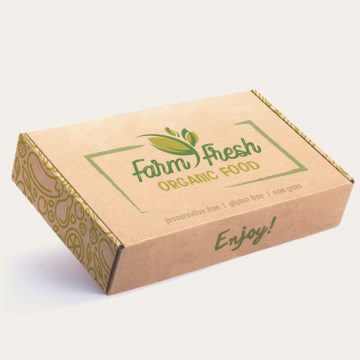The first is the transparency of the glass bottle. The transparency of the glass bottle can give customers a clean visual impression. The hardness and quality of the glass bottle can strengthen the self-confidence of the customer. Many manufacturers use cold and thermal spraying to improve the inner and outer walls of the glass bottle. The quality of the glass container.
Another way to increase the hardness of the container by adding powder to the wall heating is to reduce the surface and internal cracks of the glass bottle, thereby increasing the hardness of the glass bottle and improving the quality of production. The detailed principle of this powder spraying method is: when glass When the bottle of the glass bottle manufacturer comes out of the forming mold of the bottle making machine, the multi-particle ammonium sulfate powder is put into the bottle through the automatic powder spraying machine, and then annealed in the annealing kiln.
The automatic powder feeder is equipped with a funnel, a powder storage tube and a powder feeding nozzle. The piston rod with a feeding hole can slide the heavy wine bottle repeatedly. The powder in the storage tube can be quantitatively fed into the feeding nozzle and fall into the glass. In the bottle, because the powder is evenly distributed in the glass bottle, the bottom of the bottle absorbs heat evenly, which reduces the occurrence of cracks and improves the quality of disposal. After the glass bottle manufacturer returns to the wine bottle manufacturer for the second time, the glass container rarely cracks, and the hardness and hardness The output can be improved accordingly.
The well-proportioned thickness of the glass wine bottle can be said to be one of the idealized overall goals of the actual forming operation. It can only be suppressed when the glass wine bottle and its mouth are formed by the glass bottle custom-made mold. The air compression or vacuum pump used to blow glass wine bottles is not the same as the fixed mold. The boundary layer is elastic. Whether the thickness of the vessel can be evenly balanced depends on the temperature in the bubble and the spread of the laminated glass frit. Close the pickle bottles again to see if they are consistent with the actual operation of forming, and what is the reason for the uneven wall thickness.
1. The shoulders of glass wine bottles and the shoulders of glass wine bottles are thin in some positions, which cannot meet the required specifications. The thick wall defect of the bottle shoulders causes the sake of beverage bottles because the relative part of the blank is not properly refrigerated or moisturized. The temperature is too high, or the air blowing check is too late at the beginning and the material embryo is stretched too much.
2. The bottle body of the glass wine bottle is thin. The key to this type of shortcoming is that the thickness of the honey bottle part of the glass bottle body or all the thickness specifications cannot meet the specifications. The reason is often due to the reheating of the prototype material. The time is too long and the initial time of the positive blowing inspection is delayed, which will also cause uneven wall thickness of the glass wine bottle, and incorrect operation of the construction coating of the abrasive tool. Large or forming die refrigeration is not suitable.
3. The bottom of the glass wine bottle is thin, the thickness of the bottom of the glass wine bottle is not up to the standard specifications, the contact time of the prototype is too long, or the reheating time is insufficient, the temperature of the storage tank blank is too low, and the layer The widening of the glass is not very good, the back-blowing inspection is just started too early, or the gas-pouring time is too long, the bottle preheating is insufficient, the positive-blowing inspection just starts too early, or the positive-blowing inspection time is too long, or flushing Needle (mandrel) timing execution time is not suitable for often will.








